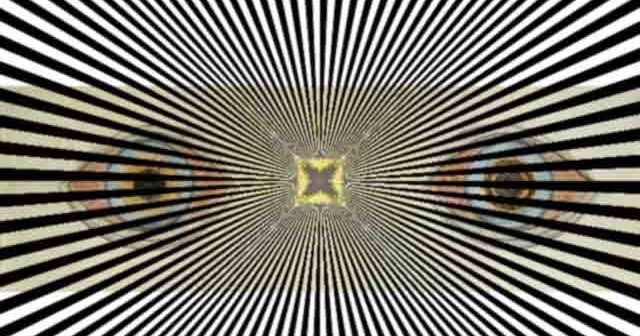

As per this theory, the brain is programmed for a body where every body part is intact and in the appropriate place. One of the two main hypotheses behind the phantom limb syndrome offers an explanation that is possibly applicable to why people hallucinate in certain circumstances. Although hallucinations are a key diagnostic feature of schizophrenia, a mental disorder that distorts the way a person thinks, acts, expresses emotions, perceives reality, and relates to others, they can occur in individuals devoid of any physical or mental disorder.In order to understand why people hallucinate, some researchers have been studying people suffering from what is called the phantom limb syndrome, a condition in which people who have undergone amputation feel as though the missing body part were still very much present and attached to the body for instance, it is not uncommon for a person who has lost a leg to unknowingly try to stand and walk without any external support after their surgery. In other words, in the case of a hallucination, for a person hallucinating a sound for instance, the sound actually exists, but in reality it exists nowhere but in the persons mind however, in the case of an illusion the stimulus that caused the illusion does exist in the real world. Hallucinations are not to be confused with illusions, which are misinterpretations of actual external stimuli. These perceptions are accompanied by a persuasive sense of their reality. The perception of auditory hallucinations corresponds to the experience of actual external hearing, despite the absence of any sound itself.The generally agreed upon definition of hallucinations is that they are actually perceptions in the absence of an external stimulus of the relevant sensory organ. Auditory hallucinations correspond with spontaneous neural activity of the left temporal lobe, and the subsequent primary auditory cortex.

It is assumed through research that the neural pathways involved in normal speech perception and production, which are lateralized to the left temporal lobe, also underlie auditory hallucinations. Newer research has found that they coincide with the left superior temporal gyrus, suggesting that they are better attributed to speech misrepresentations. Other reasons include hearing loss and epileptic activity.In the past, the cause of auditory hallucinations was attributed to cognitive suppression by way of executive function failure of the frontoparietal sulcus. Reports have also mentioned that it is also possible to get musical hallucinations from listening to music for long periods of time. This should be distinguished from the commonly experienced phenomenon of getting a song stuck in one's head. This can be caused by: lesions on the brain stem (often resulting from a stroke) also, sleep disorders such as narcolepsy, tumors, encephalitis, or abscesses. In the latter, people will hear music playing in their mind, usually songs they are familiar with.

Other types of auditory hallucination include exploding head syndrome and musical ear syndrome. In these, people more often hear snippets of songs that they know, or the music they hear may be original, and may occur in normal people and with no known cause. These three categories do not account for all types of auditory hallucinations. There are three main categories into which the hearing of talking voices often fall: a person hearing a voice speak one's thoughts, a person hearing one or more voices arguing, or a person hearing a voice narrating their own actions. However, individuals without any psychiatric disease whatsoever may hear voices, including (but not limited to) those under the influence of mind-altering substances. This may be associated with psychotic disorders, most notably schizophrenia, and holds special significance in diagnosing these conditions. Wikipedia (0.00 / 0 votes) Rate this definition:Īn auditory hallucination, or paracusia, is a form of hallucination that involves perceiving sounds without auditory stimulus.Ī common form of auditory hallucination involves hearing one or more talking voices, and this is known as an auditory verbal hallucination.


 0 kommentar(er)
0 kommentar(er)
